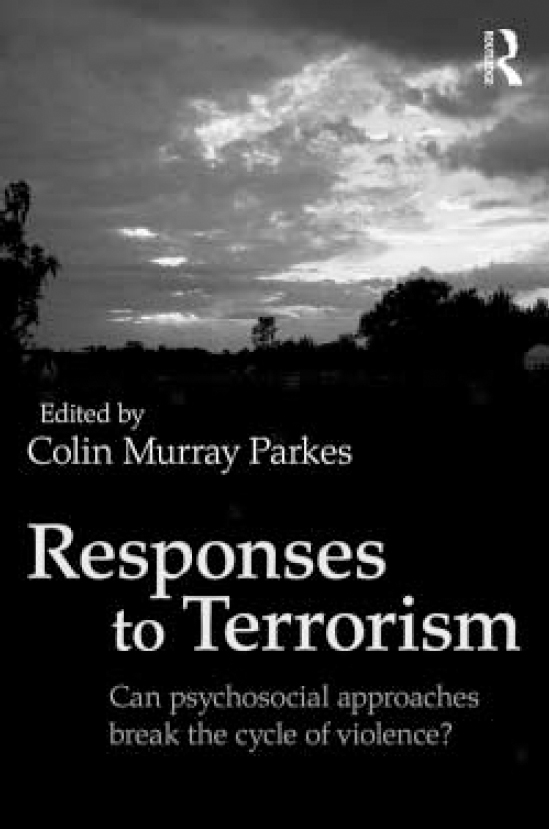
Terrorism remains a scourge that haunts us all, all the more so in modern, otherwise less violent times with the advent of easy travel and globalisation - a spectre that can reach across the globe and indiscriminately strike from any quarter at any time. Understanding the mind and motivation of the terrorist is particularly prescient, especially if this can enable policy and strategies to forestall the descent into violence or shape interventions that help rehabilitate the offender. This book, using Bowlby’s attachment theory as its framework, highlights the commonalities between individual attachment behaviour within families and those of the terrorist towards an ideology (often religious) and a terrorist organisation. In three sections, the book describes a psychology of terrorism and group identity, how responses to terror can feed a cycle of violence, and finally, how the principles of therapy employing attachment theory as its paradigm can be used to break the cycle of violence in schools, universities and in the media. Using the Troubles in Northern Ireland and the Rwandan genocide as exemplars, the book covers a broad canvas embracing history, psychology and sociology to support its analysis. Its validity is enhanced enormously by the contribution of politician and psychotherapist Lord John Alderdice, whose intimate involvement in the Northern Ireland peace process gave him a grandstand view of the dynamics at work, both in perpetuating the Troubles and those that ultimately led to a peaceful resolution.
Any explanatory paradigm is useful in making sense of disparate variables. Unfortunately, this is a field rich in opinion but low in empirical science. Moreover, a ‘one size fits all’ explanation would be naive given a subject matter and individuals of such diversity. Few terrorists volunteer themselves as experimental subjects and second-guessing their motives is likely to mislead. Definitions too can be problematic: one man’s terrorist is another’s freedom fighter; witness the millions of people who support suicide bombers. What little we know suggests that terrorism is best viewed in terms of political and group dynamics and processes rather than individual ones, and that fundamental psychological principles - such as our subconscious fear of death and our desire for meaning and personal significance - are important.
Terrorism is not going to go away, indeed with increasing economic instability and inequality across the world and a rapidly growing and more mobile world population it will probably get worse. Understanding the levers that turn ideas into lethal action has never been more important, and if this book triggers more empirical research and helps to integrate thinking across disciplines, it will have made a significant contribution.





eLetters
No eLetters have been published for this article.